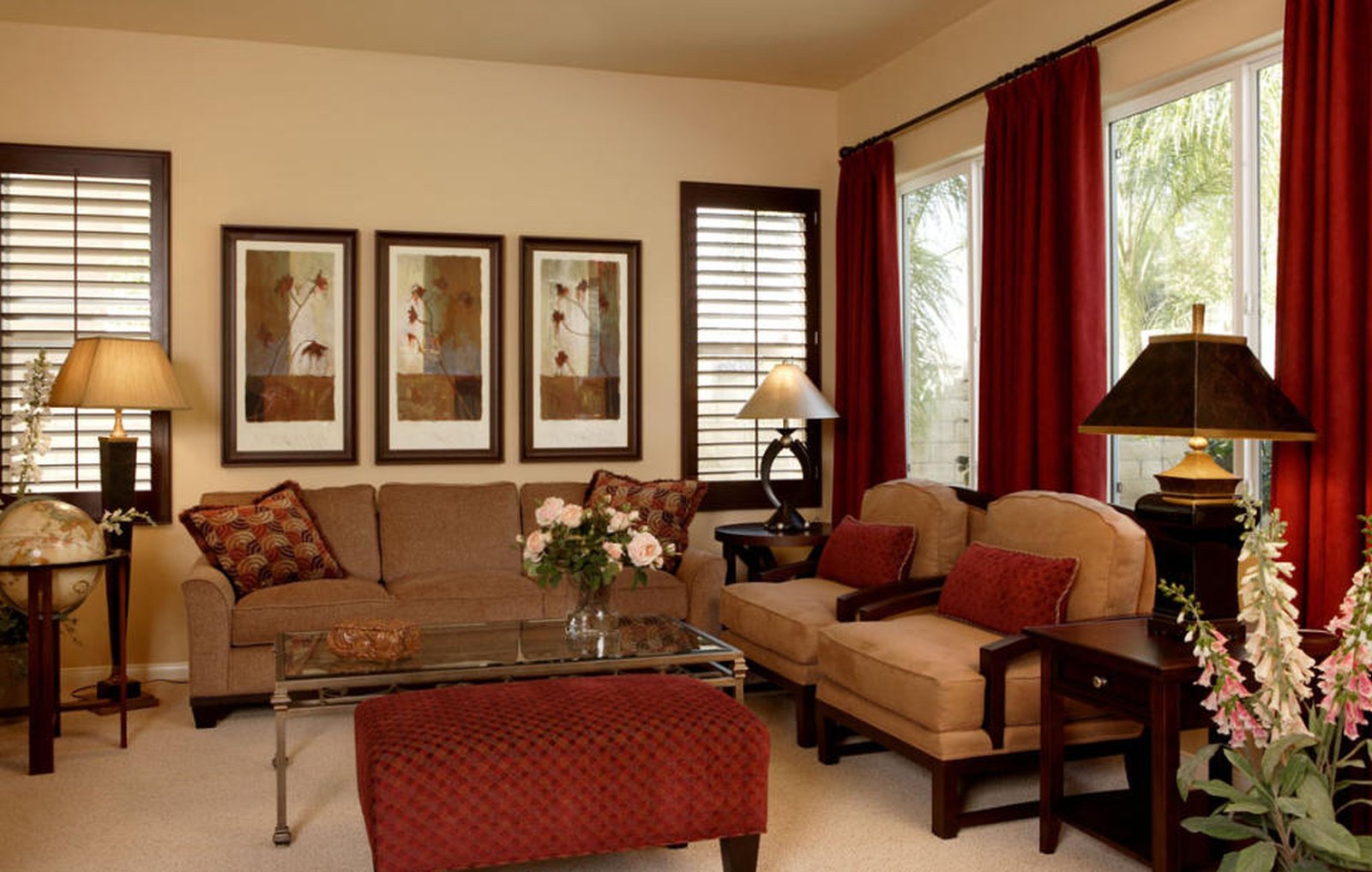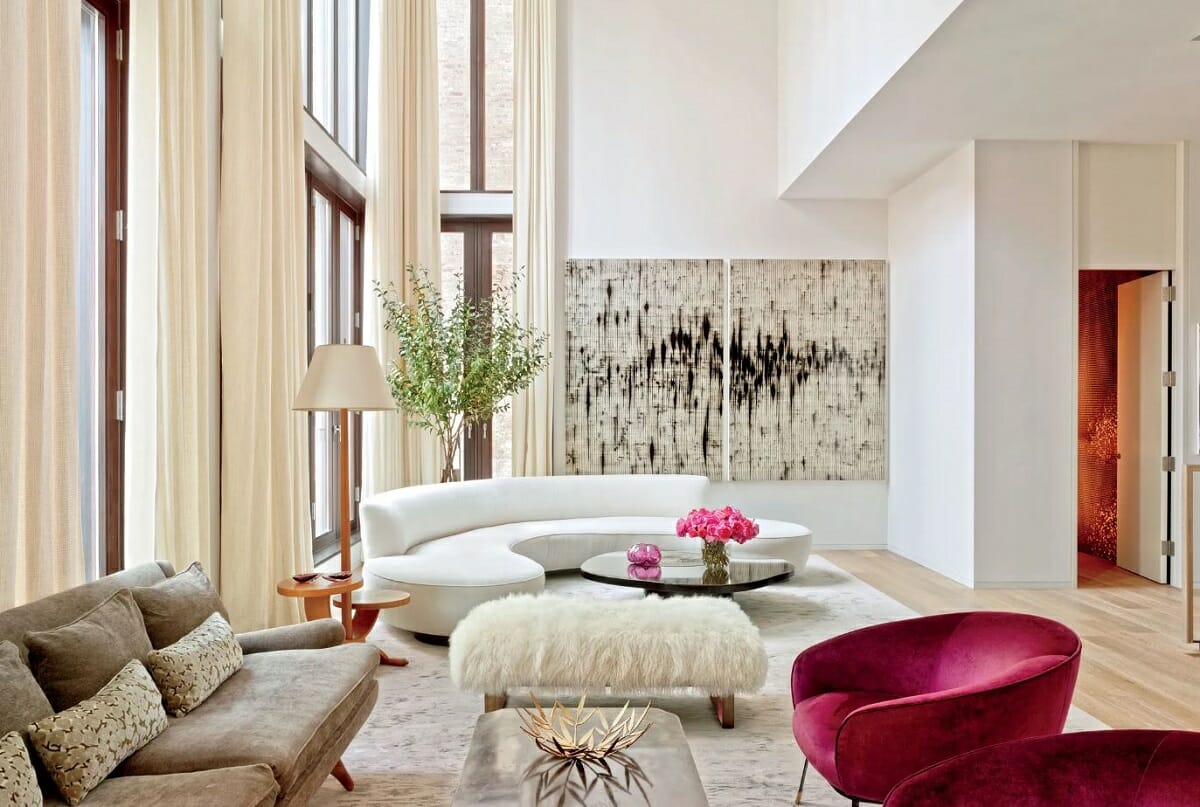Home Decor Trends

At home decor – Home decor trends are constantly evolving, reflecting the ever-changing societal and cultural landscape. In recent years, we’ve seen a shift towards more sustainable and eco-friendly practices, as well as a growing appreciation for natural materials and organic forms.
At home, decor is a canvas for our souls. It whispers tales of our passions and desires. If heavy metal reverberates within you, consider adorning your walls with iron maiden wallpaper. Its bold graphics and iconic imagery will transform your abode into a sanctuary for the metalhead within.
From there, let the melodies flow, and your home decor will become a symphony of self-expression.
Color Palettes
Color palettes in home decor have become more muted and earthy, with a focus on warm neutrals like beige, cream, and gray. These colors create a sense of calm and serenity, and they can be easily paired with a variety of accent colors to create a unique and personal space.
Patterns and Textures
Patterns and textures are also playing a major role in home decor trends. Geometric patterns, such as stripes and chevrons, are popular, as are organic patterns, such as florals and animal prints. Textures are also important, with a focus on natural materials like wood, stone, and leather.
Technology and Sustainability
Technology is also having a major impact on home decor. Smart home devices, such as voice assistants and automated lighting systems, are becoming increasingly popular. These devices can make our lives easier and more convenient, and they can also help us to save energy and reduce our environmental impact.
Sustainability is another important trend in home decor. Consumers are becoming more aware of the environmental impact of their choices, and they are looking for ways to reduce their carbon footprint. This is leading to a growing demand for eco-friendly products, such as recycled furniture and energy-efficient appliances.
At home decor, the endless possibilities can be both a blessing and a curse. For those seeking a touch of exclusivity, designer home decor offers a curated selection of unique pieces that elevate any space. From statement furniture to intricate accessories, designer home decor empowers us to create living environments that reflect our personal style and inspire creativity.
Ultimately, at home decor is a journey of self-expression, where every element contributes to the symphony of our living spaces.
Interior Design Styles: At Home Decor

Interior design styles encompass a wide spectrum of aesthetic preferences, each with its own distinctive characteristics, furniture choices, and color schemes. Understanding these styles can help you create a cohesive and visually appealing living space that reflects your personality and lifestyle.
Modern Style
Modern style is characterized by clean lines, neutral colors, and an emphasis on functionality. Furniture is typically sleek and geometric, with a focus on comfort and practicality. Color schemes often incorporate white, black, gray, and beige, with pops of color added through artwork or accessories.
Traditional Style
Traditional style draws inspiration from classic European designs. Furniture is often ornate and upholstered in rich fabrics, such as velvet or damask. Color schemes typically feature warm tones, such as gold, burgundy, and navy. Accessories often include antiques, artwork, and decorative objects.
Bohemian Style
Bohemian style is eclectic and free-spirited, with a mix of patterns, textures, and colors. Furniture is often vintage or handmade, with a focus on comfort and relaxation. Color schemes are typically vibrant and eclectic, with a mix of warm and cool tones.
Scandinavian Style
Scandinavian style is known for its simplicity, functionality, and natural elements. Furniture is often made of light-colored wood, with clean lines and simple designs. Color schemes typically incorporate white, gray, and beige, with pops of color added through textiles or artwork.
Incorporating Different Styles
When incorporating different styles into your home decor, it’s important to consider the overall aesthetic you want to achieve. Mixing and matching styles can create a unique and eclectic look, but it’s essential to ensure that the pieces you choose complement each other and create a cohesive space.
For example, you could combine modern furniture with traditional accessories to create a sophisticated and eclectic look. Or, you could mix bohemian patterns and colors with Scandinavian furniture to create a warm and inviting space.
Ultimately, the key to successful interior design is to create a space that reflects your own personal style and makes you feel comfortable and at home.
Home Decor Inspiration

Home decor is not just about making your house look pretty. It’s about creating a space that reflects your personality and makes you feel comfortable and relaxed. Whether you’re starting from scratch or just looking to update your current decor, there are a few things you can keep in mind to create a cohesive and stylish home.
One of the most important principles of interior design is balance. This means distributing the visual weight of your furniture and accessories evenly throughout the room. You can do this by using different sizes and shapes of furniture, or by placing heavier pieces on one side of the room and lighter pieces on the other.
Another important principle is scale. This refers to the relationship between the size of your furniture and the size of the room. You don’t want your furniture to be too small or too large for the space. It should be proportionate to the room’s size and shape.
Finally, you need to consider proportion. This refers to the relationship between the different elements in your room. For example, you don’t want your sofa to be so large that it overwhelms the rest of the furniture. It should be in proportion to the other pieces in the room.
Room Layouts
The layout of your room is one of the most important factors in creating a cohesive and stylish home. There are a few different things you can keep in mind when planning your layout:
- The flow of traffic. You want to make sure that people can move easily around your room without bumping into furniture or tripping over cords.
- The focal point. Every room should have a focal point, which is the first thing that people see when they enter the room. This could be a fireplace, a large window, or a piece of art.
- The balance of furniture. As we mentioned before, balance is important in interior design. You don’t want your furniture to be too crowded on one side of the room and too empty on the other.
Furniture Arrangements
The way you arrange your furniture can have a big impact on the overall look and feel of your room. There are a few different things you can keep in mind when arranging your furniture:
- The size of the room. The size of your room will determine how much furniture you can fit in it. If you have a small room, you’ll need to choose furniture that is proportionate to the size of the room.
- The shape of the room. The shape of your room will also affect how you arrange your furniture. For example, if you have a long and narrow room, you’ll need to arrange your furniture in a way that makes the room feel wider.
- The function of the room. The function of the room will also affect how you arrange your furniture. For example, if you have a living room, you’ll need to arrange your furniture in a way that makes it easy to entertain guests.
Lighting Designs, At home decor
Lighting is an important part of any home decor scheme. It can be used to create different moods and atmospheres in a room. There are a few different things you can keep in mind when choosing lighting for your home:
- The type of light. There are three main types of light: natural light, artificial light, and accent light. Natural light is the best type of light for your home, as it is full-spectrum and helps to improve your mood and productivity.
- The amount of light. The amount of light you need in a room will depend on the size of the room and the function of the room. For example, you’ll need more light in a kitchen than you do in a bedroom.
- The placement of light. The placement of light can have a big impact on the overall look and feel of a room. For example, you can use lighting to highlight certain features of a room, or to create a more intimate atmosphere.